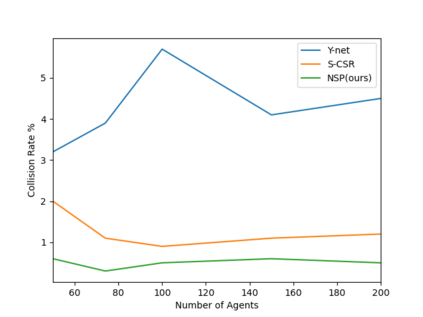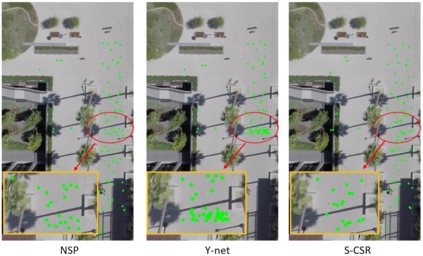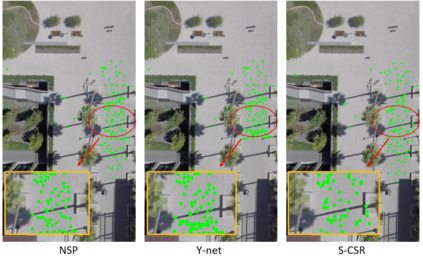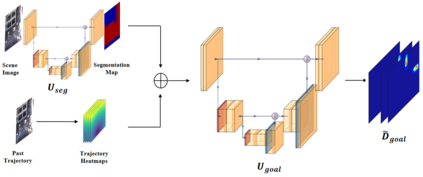Trajectory prediction has been widely pursued in many fields, and many model-based and model-free methods have been explored. The former include rule-based, geometric or optimization-based models, and the latter are mainly comprised of deep learning approaches. In this paper, we propose a new method combining both methodologies based on a new Neural Differential Equation model. Our new model (Neural Social Physics or NSP) is a deep neural network within which we use an explicit physics model with learnable parameters. The explicit physics model serves as a strong inductive bias in modeling pedestrian behaviors, while the rest of the network provides a strong data-fitting capability in terms of system parameter estimation and dynamics stochasticity modeling. We compare NSP with 15 recent deep learning methods on 6 datasets and improve the state-of-the-art performance by 5.56%-70%. Besides, we show that NSP has better generalizability in predicting plausible trajectories in drastically different scenarios where the density is 2-5 times as high as the testing data. Finally, we show that the physics model in NSP can provide plausible explanations for pedestrian behaviors, as opposed to black-box deep learning. Code is available: https://github.com/realcrane/Human-Trajectory-Prediction-via-Neural-Social-Physics.
翻译:轨迹预测在许多领域得到了广泛的追求,涵盖了基于模型和无模型方法。前者包括基于规则、几何或优化的模型,后者主要由深度学习方法组成。在本文中,我们提出了一种新的方法,将两种方法结合在一起,基于一个新的神经微分方程模型。我们的新模型(神经社交物理学或NSP)是一个深度神经网络,其中我们使用一个显式的物理学模型,具有可学习的参数。显式的物理学模型作为建模行人行为的强归纳偏差,而网络的其余部分提供了系统参数估计和动力随机性建模的强数据拟合能力。我们在6个数据集上将NSP与15种最新的深度学习方法进行比较,并将表现提高了5.56%-70%。此外,我们展示了NSP在预测密度是测试数据的2-5倍的截然不同的场景下,具有更好的可推广性,可以预测合理的轨迹。最后,我们展示了NSP中的物理模型可以为人类行为提供合理的解释,而不是一个黑盒子的深度学习模型。代码:https://github.com/realcrane/Human-Trajectory-Prediction-via-Neural-Social-Physics。



















